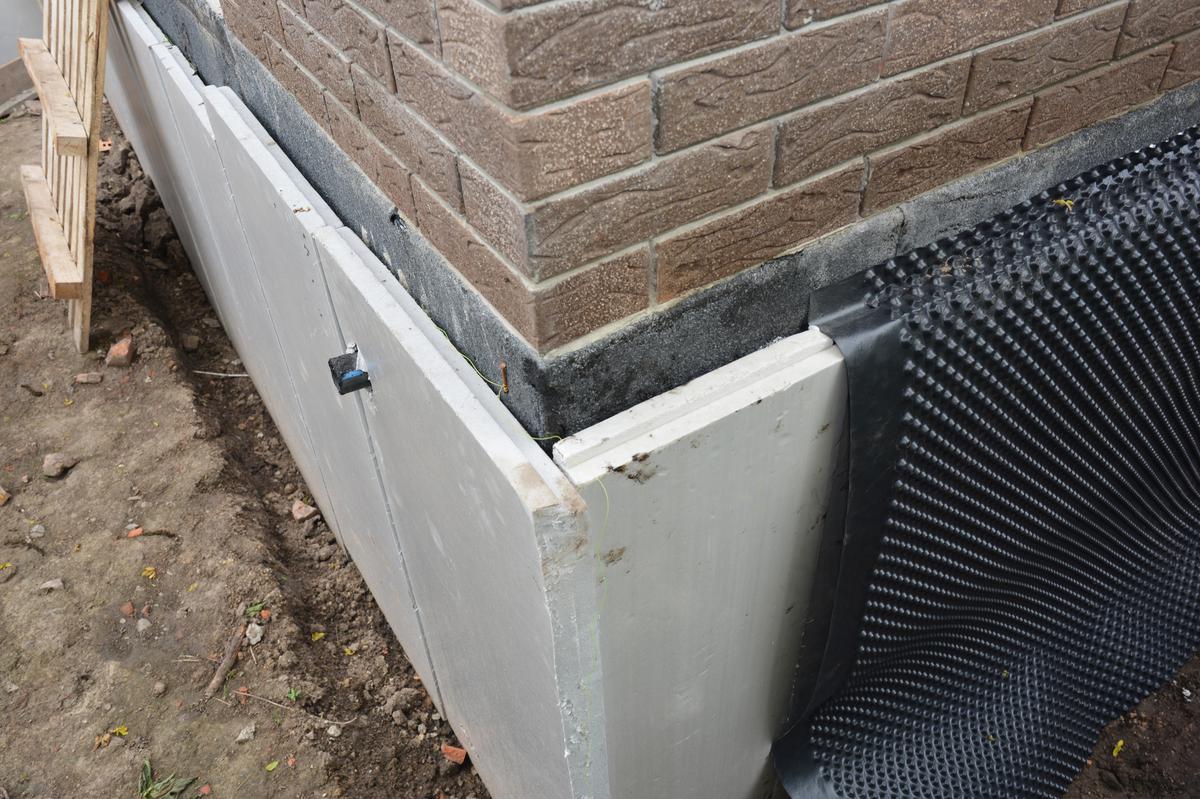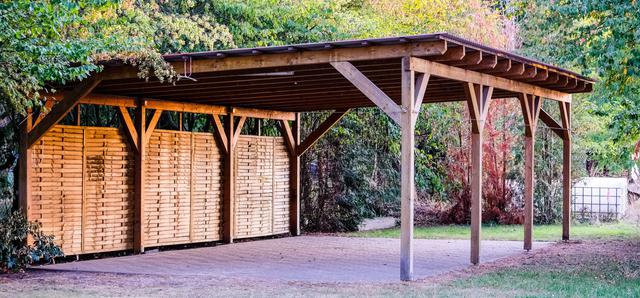While the rest of the world might look at the weather forecasts coming out of California with vitamin-D-deficient envy, and although Californians do make the most of the awesome weather most of the year, it’s not always smooth sailing. The Golden State especially has its share of issues with mother nature. Earthquakes, wildfires, and landslides are no walk in the park requiring homeowners to take sober precautions.
Here, we address one of the most important preventative measures to consider, especially in the face of notorious California earthquakes: to retrofit a house. Retrofitting is a foundation repair that makes your home stronger in the face of seismic threats. Although foundational repairs may sound daunting, an earthquake retrofit comes with many redeeming benefits.
Get An Additions and Remodels Quote
Increased Durability of Your Home
There’s really nothing more important than the physical safety of your family. Accordingly, securing the place where your family spends most of its time becomes paramount and there’s no other project more important to achieving this objective than equipping your home to resist fatal damage from disasters. Seismically retrofitting your home means preventing it from coming off of its foundation in the case of an earthquake. The retrofit definition is that it protects your home and allows you to reduce or completely eliminate potential damage from hurricanes, flooding, erosion, high winds, earthquakes, or other hazards.

Seismic retrofitting your home gives you the peace of mind you deserve.
But do you really need to retrofit your house? Well, according to Earthquake Track, California experienced 14 earthquakes in the past 24 hours, 137 this week, 674 in the last month, and 11,371 in the past year (as of April, 2021). Albeit, not all of these earthquakes were very big or felt by everyone (the US Geological Survey categorizes earthquakes with a magnitude of 6 or higher as strong). This high frequency is what sets the stage for the ongoing anticipation of bigger ones. The “Big One”, the name of a major earthquake expected along the southern San Andreas fault line, is predicted to be at a magnitude of 7.8 or higher and expected in the coming years.

An earthquake retrofit is a critical measure if you live in an area known for seismic activity.
If you live in California, near faults, places that are seismically active or tend to experience landslides it is strictly recommended to have your home retrofitted. If you live in a residential building, ask your landlord if it has been done.
It Sounds More Expensive Than It Is
An earthquake retrofit is considered one of the most affordable and quick seismic improvements available. Retrofitting your home involves foundation modifications like adding new technologies or features aimed at improving its structural integrity. But how much does a foundation repair cost? For example, a foundation bolting, one of the more elementary foundation repairs, costs between $3000 and $7000 depending on the size of the house. Additionally, you and your family won’t have to leave the house during the procedure. It’s often done in about a week.
To compare, it costs between $350 and $1,000 to have a structural engineer do a foundation inspection on your house. If you are getting ready to start a home improvement project but haven't considered foundation modifications, a general home inspector will most likely request a foundation evaluation anyways. There are numerous methods and approaches to foundation repair for earthquakes depending on the type of structure: installation of steel bracing systems for soft-story buildings, shear walls and column fortification for non-ductile concrete buildings, tilt-up building seismic retrofitting (often needed for structures built prior to the 1980s), and more.
Get An Additions and Remodels Quote
An earthquake retrofit can be done in many ways, but the result is the same — very low chances that your house will detach from its foundations or experience damage during an earthquake. If the financial side of the matter is still causing hesitation, you can take advantage of organizations like Earthquake Brace + Bolt which offers $3,000 grants for homeowners to have a seismic retrofit done.
Earthquake insurance providers are also a fan of foundation repairs and will reduce insurance premiums for having them done. California Earthquake Authority offers up to 25 percent in premium discounts if your home is eligible. Some of the eligibility requirements depend on the year your house was built, what the foundations look like, and whether the earthquake retrofit was done according to standards.
Retrofitting Also Saves Energy

Foundational insulation is a retrofitting measure that helps in conserving energy in your home.
An ancillary benefit of structure retrofitting your home is that foundation contractors also carry out energy, or “green”, retrofitting. In addition to enhanced home safety, a green retrofit will allow for energy savings. In a time where being energy conscious is second nature, helping mitigate climate change and reducing your energy bill is a significant added bonus alongside increasing the odds of your and your family’s physical safety.
What makes retrofit energy efficient? Well, records show an average of up to 30 percent in savings on utility bills once a home has been adjusted to consume and distribute energy efficiently.
Energy conservation is known to be lacking in more seasoned homes and buildings. Older model homes are colder and, quite often, leaky. The past four decades have indicated that homes are being built more efficiently. At the same time, however, the average size of homes has increased by 60 percent since 1973 which naturally means more energy consumption. So whether your home is a bit more vintage or new but spacious, it is worth having a foundation contractor do a foundation inspection of your home. You may even come to need a structural engineer to give you an estimate on just how much you could be saving.
Paired with an earthquake retrofit, this set of foundational repairs will also decrease energy consumption, increase energy efficiency, and most importantly for homeowners living in seismically sensitive areas, potentially saving lives.
Get An Additions and Remodels Quote
Protecting Your Investment and Higher Resale Value
In the unfortunate event of a severe earthquake, homeowners who haven’t modified their foundations will be looking at repairs that may take years and costs that far outstrip the preventative retrofit expense. To compare, earthquake damage repairs cost between $5,000 and $10,000 — that’s if you have earthquake insurance, without which you’re looking at bills often surpassing $30,000. By protecting your home with an earthquake retrofit, you’re also protecting your money.

Earthquake retrofitting protects your home’s structural integrity while also raising its resale value.
This essential feature will boost your home’s value as well as its structural integrity. If you decide to sell your California home, whether it is retrofitted or not, will be one of the first and quite prioritized factors realtors, buyers, and appraisers will ask about.
New homes are being designed greener and greener which makes retrofitting your older model homes especially necessary to attract buyers. You can even inquire about Energy Efficient Mortgages that may help finance an energy retrofit for your home.
Improved Comfort
As our lifestyles are continuously forced to adjust to our realities, the element of comfort is becoming more and more an important factor to consider for a home remodel and in its design. An energy retrofit also increases the comfort of your home by allowing for even temperature distribution throughout.

Aside from allowing you to conserve energy, green retrofitting enhances the comfort of your living spaces.
Retrofitting your home means embracing a whole-house approach to the safety, comfort, and efficiency of your home. Don’t put it off. Contact a foundation contractor, get an estimate, and be prepared.






comments